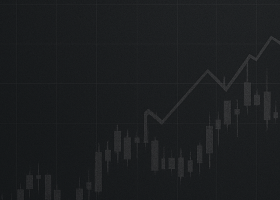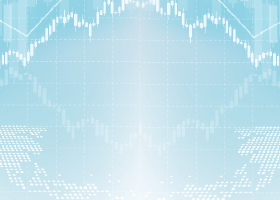WASHINGTON (MarketWatch) — The U.S. economy finally got a big jolt of energy in 2014 after the lamest recovery since World War II. And 2015 is shaping up to be an even better year.
Here are five things consumers and investors can count on (probably) in 2015:
The economy will grow 3% for the first time in 10 years
The U.S. is set to add nearly 3 million jobs in 2014 — the biggest increase since 1999. The burst in job creation, expected to continue in 2015, is sure to fuel consumer spending. So, too, will a plunge in gasoline prices that’s given households extra cash to spare on other goods and services. See: Americans saved $14 billion as gasoline prices declined in 2014.
The pickup in consumption in turn will entice businesses to hire and invest more to keep up with rising sales. The result: The U.S. is likely to grow more than 3% for the first time since 2005.
Bernard Baumohl, chief global economist of the Economic Outlook Group, said he is even more optimistic. “The next two years could be the best two we have seen in at least a decade,” he said. “There is clearly a lot of evidence the economy is gaining a lot of momentum.”
Perhaps the biggest domestic threat to the 3% growth scenario would be a surprisingly swift hike in interest rates, but from all indications a dovish Federal Reserve is unlikely to take aggressive action in 2015.
Wages will finally accelerate after years of stagnation
One of the main shackles on the economy over the past four years has been stagnant wages. Hourly earnings have risen an average of 2% annually — just two-thirds of the long-term U.S. average.
Yet that’s finally about to change. With hiring up and unemployment falling, businesses will have to go the extra mile for employees or risk losing sales to competitors because they lack enough staff to boost production.
“Everywhere I go business owners are seeing an increase in demand,” said Gus Faucher, senior economist at PNC Financial Services. “Businesses will have to raise wages to attract or maintain workers.”
Businesses are already responding: Job openings in November hit the second highest level in 14 years. In another telltale sign, people are quitting jobs at the fastest rate in five years. Research shows that people who quit one job for another typically do so because they are offered higher pay.
The sharp decline in unemployment will start to seem real
The unemployment rate has plunged over the past three years to 5.8% from 8.6%, but almost nobody, including the Federal Reserve, thinks the labor market is really that heathy.
Some 18.1 million people, for example, want a good full-time job but can’t find one, an unusually high number 5 1/2 years into a recovery. And despite a sharp decline in the number of people out of work six months or longer, that figure is still higher than at any time before the 2007-09 recession.
The unemployment rate probably won’t fall quite as rapidly in 2015, according to economists, especially if more people enter the labor force because jobs are easier to find. Yet another large spate of hiring similar to the gain in 2014 would make the low unemployment rate more believable.
“By the end of next year we will be at the point where the unemployment rate is between 5% and 5.5%, and it will truly feel legitimate,” Faucher said.
Inflation (and deflation) won’t rear its ugly head
Surging oil production — along with slower global growth — has caused the price of petroleum to collapse from more than $100 a barrel last summer to barely $50 a barrel at the end of 2014. The effect has been to reverse an uptick in U.S. inflation earlier in the year.
Perhaps just as important, stable or falling prices will boost the inflation-adjusted pay of U.S. workers and gives them more bang for their buck. “It’s an unambiguous positive for household demand,” said Neil Dutta, head of economics at Renaissance Macro Research. “People will have more money to spend.”
While oil prices may rebound in 2015, they almost certainly won’t return to $100 a barrel any time soon, barring a geopolitical crisis in a major petroleum-producing region. So the gift will keep giving this year and further feed an accelerating U.S. recovery.
Faster growth should also dispel worries about another Fed bogeyman: deflation, or falling prices. “It’s impossible to have deflation in an economy growing 3%-plus and adding the most jobs since the 1990s,” Baumohl said.
The U.S. will perform well even if the rest of the world doesn’t
Slow growth around the world won’t hurt the U.S. all that much. American exports might flatten out or even dip, but that would be offset by lower imports of petroleum because of sinking oil prices. So the trade deficit is unlikely to get further out of whack.
Although foreign trade accounts for a greater share of the economy than ever, the United States is still more insulated than virtually every major competitor in Europe and Asia. Such everyday purchases as haircuts, dry cleaning, financial advice and eating out are virtually immune from foreign competition.
The upshot: The world’s largest economy can still function as an oasis in a desert despite the claims of doomsayers that those days are over.


